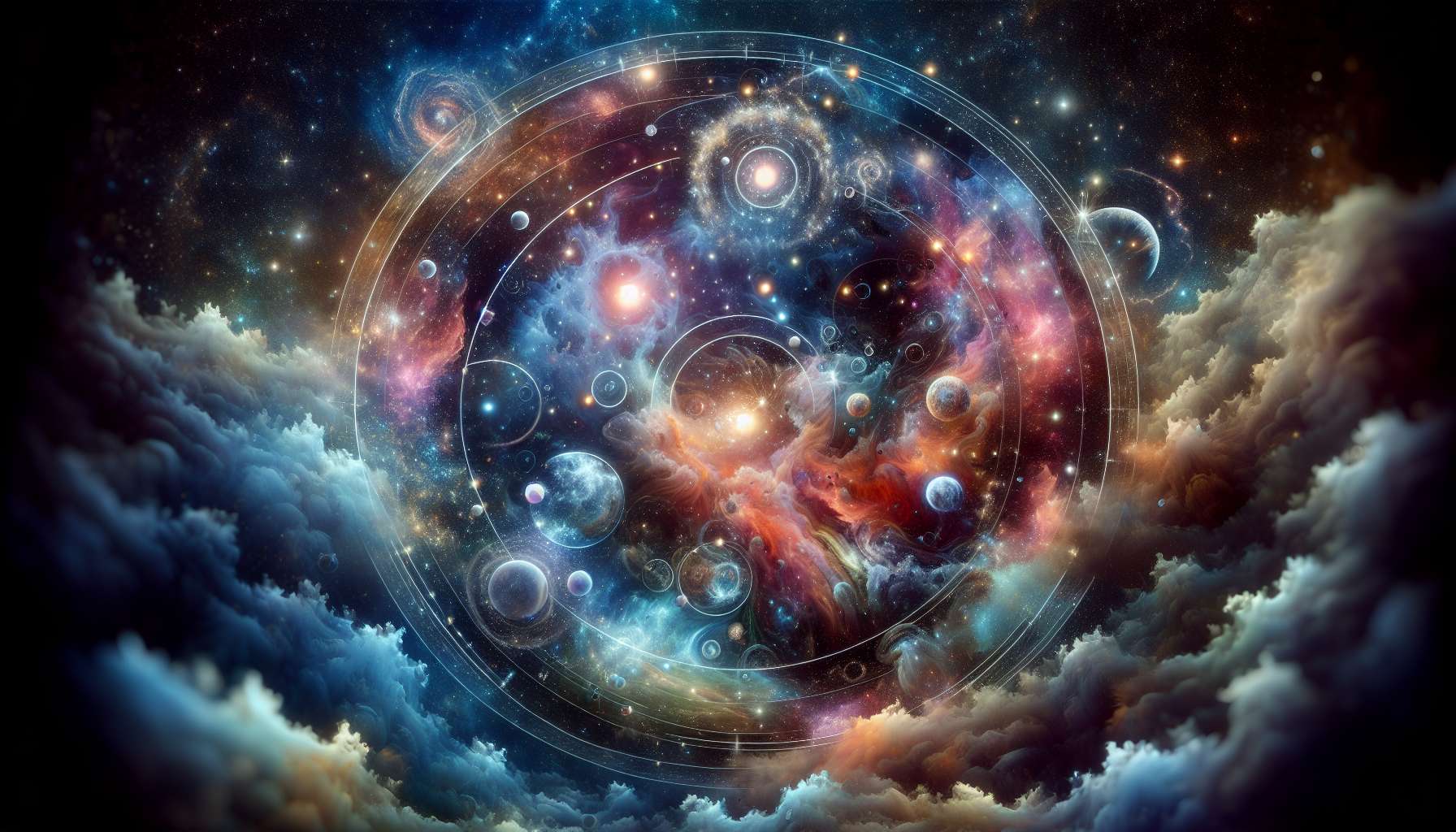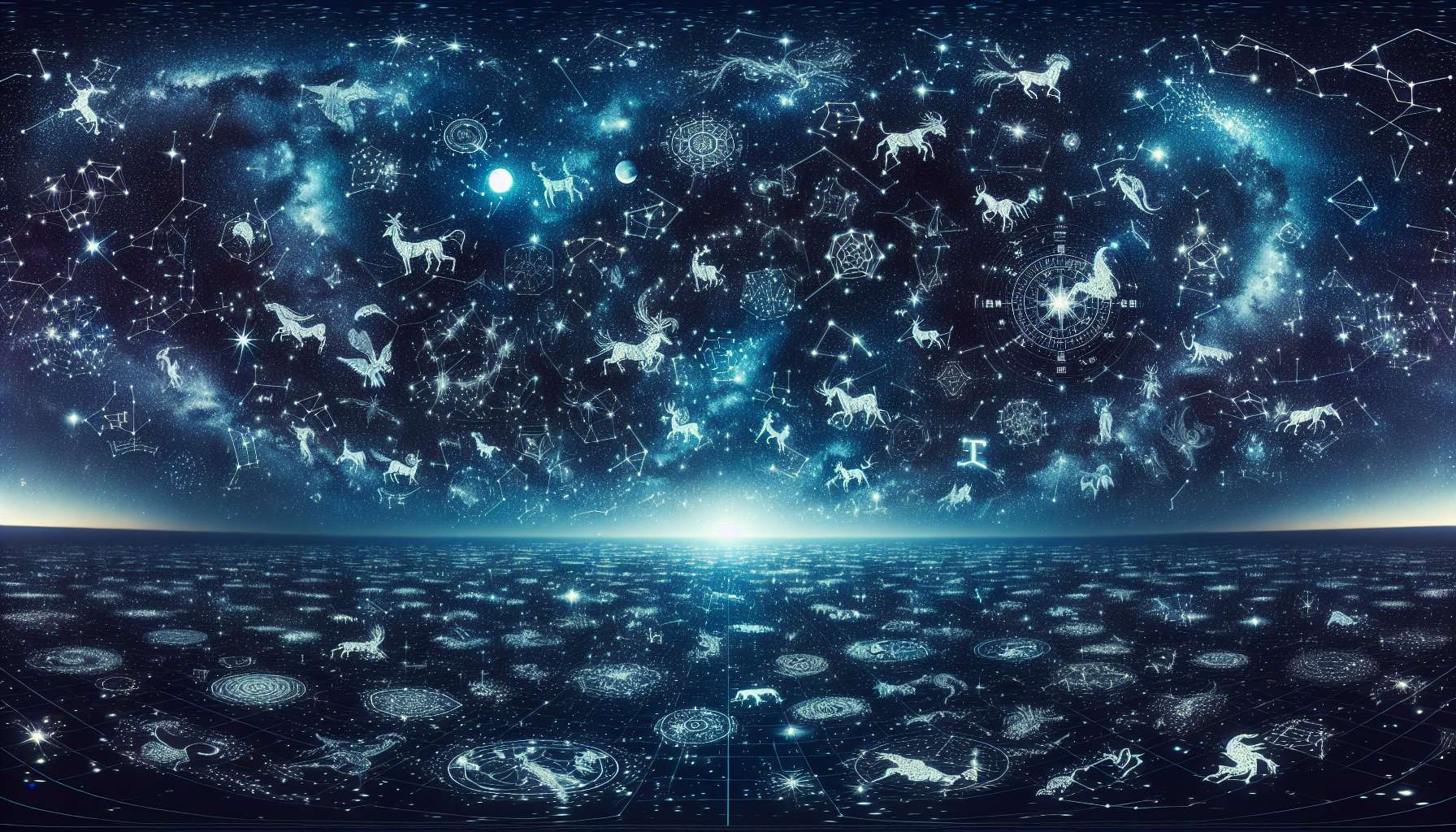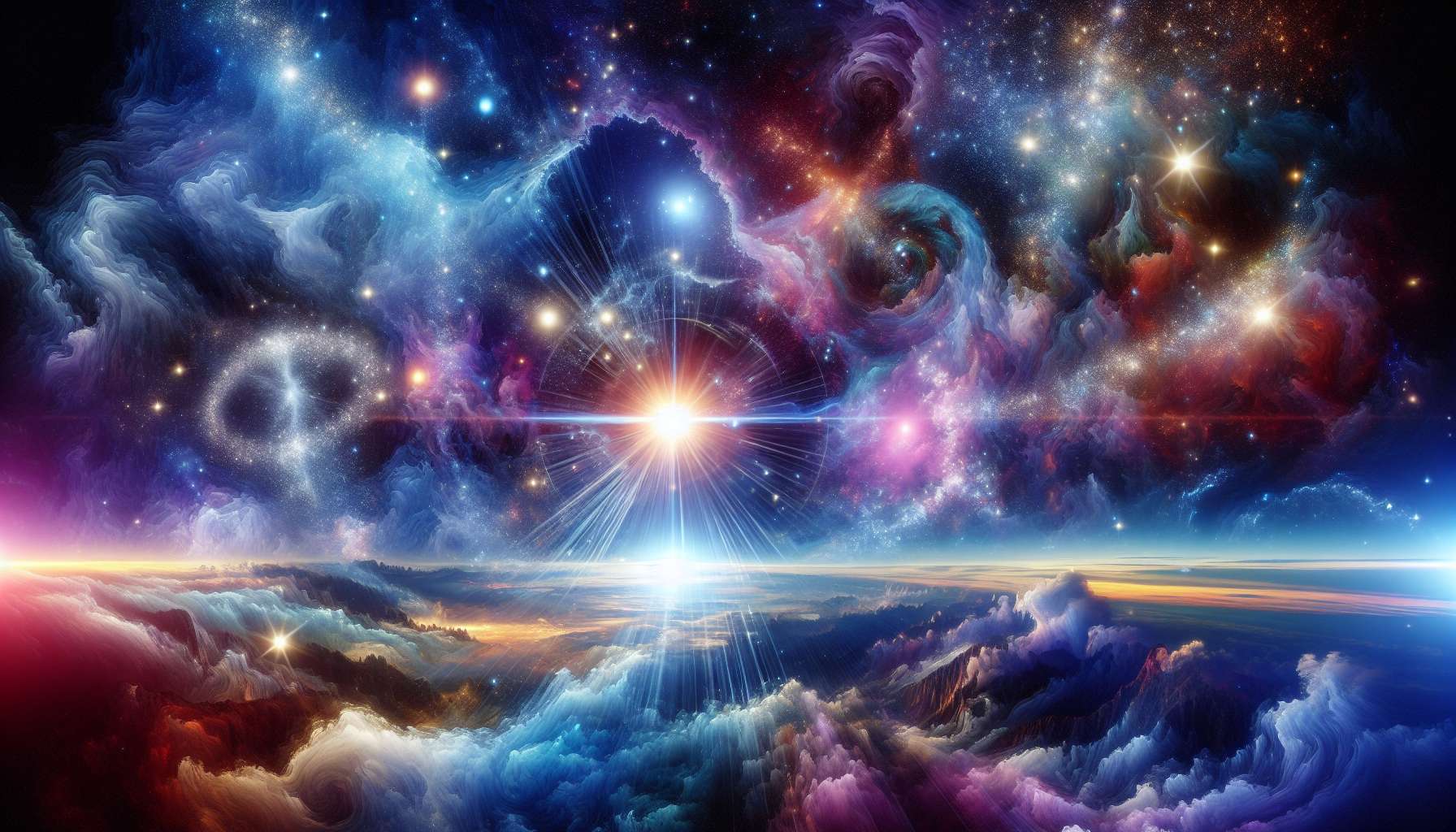Celestial Perspectives in Art: Exploring the Cosmic Connection
Art has long been a medium through which humans express their deepest emotions, thoughts, and beliefs. From ancient cave paintings to modern installations, artists have drawn inspiration from the world around them – including the vast expanse of the cosmos. Celestial perspectives in art have captivated audiences for centuries, exploring themes of wonder, mystery, and the interconnectedness of all things. In this article, we will delve into the intriguing realm of celestial perspectives in art, examining how artists across cultures and time periods have interpreted and represented the heavens above.
The Influence of Celestial Bodies on Art
One of the most striking aspects of celestial perspectives in art is the influence of celestial bodies such as the sun, moon, and stars. Throughout history, artists have looked to the sky for inspiration, capturing the beauty and majesty of the cosmos in their works. From ancient Egyptian depictions of the sun god Ra to Vincent van Gogh’s iconic Starry Night, celestial bodies have played a central role in shaping artistic expression.
One of the earliest examples of celestial influence in art can be seen in the prehistoric cave paintings of Lascaux, France. Dating back over 17,000 years, these paintings depict animals, humans, and mysterious symbols, many of which are believed to be representations of celestial bodies. The ancient artists who created these works were clearly inspired by the natural world around them, including the movements of the sun and moon.

Symbolism and Meaning in Celestial Art
While celestial bodies themselves have served as inspiration for artists, they also carry deep symbolic meaning in many cultures. The sun, for example, is often associated with life, energy, and power, while the moon is linked to mystery, femininity, and the unconscious mind. By incorporating these symbols into their work, artists are able to convey complex ideas and emotions to their viewers.
One famous example of celestial symbolism in art is the use of the sun as a representation of divine power in Christian iconography. Paintings of the Madonna and Child often depict rays of light emanating from the figure of Jesus, symbolizing his divinity and connection to the heavens above. Similarly, the moon has been a common motif in Japanese art, where it is often associated with tranquility, beauty, and the passage of time.
Ancient Astronomy and Artistic Inspiration
Throughout history, artists have drawn inspiration from the science of astronomy, using celestial maps, constellations, and planetary movements as sources of creativity. Ancient civilizations such as the Babylonians, Greeks, and Egyptians were among the first to study the heavens in detail, mapping the movements of the stars and planets with remarkable accuracy.
One of the most famous examples of ancient astronomy influencing art is the Antikythera Mechanism, an intricate mechanical device dating back to the 2nd century BCE. Discovered in a shipwreck off the coast of Greece, the Antikythera Mechanism is believed to have been an early form of analog computer used to track the movements of celestial bodies. Its complex gears and dials have inspired artists and historians alike, shedding light on the ancient Greeks’ fascination with the cosmos.

Modern Interpretations of Celestial Perspectives
In the modern era, artists continue to explore celestial perspectives in new and innovative ways, drawing on both scientific knowledge and personal inspiration. Contemporary artists such as Olafur Eliasson and James Turrell create immersive installations that invite viewers to contemplate their place in the universe, using light, space, and technology to evoke a sense of awe and wonder.
One striking example of modern celestial art is the work of photographer Michael Benson, who creates stunning images of the cosmos using data from NASA and other space agencies. Benson’s photographs capture the beauty and complexity of the universe, offering viewers a glimpse into the vastness of space and the interconnectedness of all things.
Celestial Perspectives in Different Cultures
Across cultures and continents, artists have interpreted and represented celestial perspectives in unique and meaningful ways. In Chinese art, for example, the moon holds a special significance as a symbol of beauty, harmony, and renewal. Traditional Chinese paintings often feature delicate depictions of the moon, surrounded by flowers, birds, and other symbols of good fortune.
In Indigenous Australian art, the Dreaming stories of the Aboriginal peoples incorporate celestial elements such as the Milky Way, which is known as the “River of Stars.” According to Aboriginal belief, the stars in the sky are connected to the land and its creation stories, forming a rich tapestry of cultural and spiritual significance.
Celestial Perspectives and Technology
Advancements in technology have allowed artists to explore celestial perspectives in new and exciting ways, blurring the boundaries between art and science. Digital art, virtual reality, and interactive installations are just a few of the mediums that artists are using to create immersive experiences that engage viewers with the cosmos.
One example of technology-driven celestial art is the work of artist Refik Anadol, who uses artificial intelligence and machine learning algorithms to create mesmerizing visualizations of astronomical data. Anadol’s installations transform complex scientific data into stunning works of art, inviting viewers to contemplate the beauty and complexity of the universe in new and unexpected ways.
Expert Opinions: The Significance of Celestial Perspectives in Art
According to art historian Dr. Elena Zolotaryova, “Celestial perspectives in art offer a window into the human imagination and our eternal quest to understand the cosmos. By exploring themes of space, time, and interconnectedness, artists are able to evoke a sense of wonder and curiosity in their viewers, inviting them to contemplate the mysteries of the universe.”
Renowned artist Ai Weiwei adds, “Celestial perspectives in art remind us of our place in the vastness of space, connecting us to something greater than ourselves. By incorporating elements of the cosmos into their work, artists are able to transcend the boundaries of time and culture, creating a universal language that speaks to the human spirit.”
Common Misconceptions About Celestial Perspectives in Art
One common misconception about celestial perspectives in art is that it is limited to traditional forms such as paintings and sculptures. In reality, artists are constantly pushing the boundaries of creativity, exploring new mediums and technologies to express their vision of the cosmos.
Another misconception is that celestial art is only relevant to those with a deep knowledge of astronomy or science. While an understanding of the cosmos can certainly enhance one’s appreciation of celestial art, the beauty and wonder of these works are accessible to all, regardless of background or expertise.
Conclusion: Embracing the Cosmic Connection
In conclusion, celestial perspectives in art offer a unique and compelling window into the wonders of the cosmos. By exploring themes of space, time, and interconnectedness, artists are able to transcend cultural boundaries and connect with viewers on a deep and emotional level. Whether through traditional paintings, modern installations, or digital creations, celestial art continues to inspire, provoke, and awe audiences around the world.
As we gaze up at the night sky and contemplate the vastness of space, let us remember the words of Vincent van Gogh: “For my part, I know nothing with any certainty, but the sight of the stars makes me dream.” May celestial perspectives in art continue to inspire us to dream, imagine, and explore the infinite possibilities of the universe.




